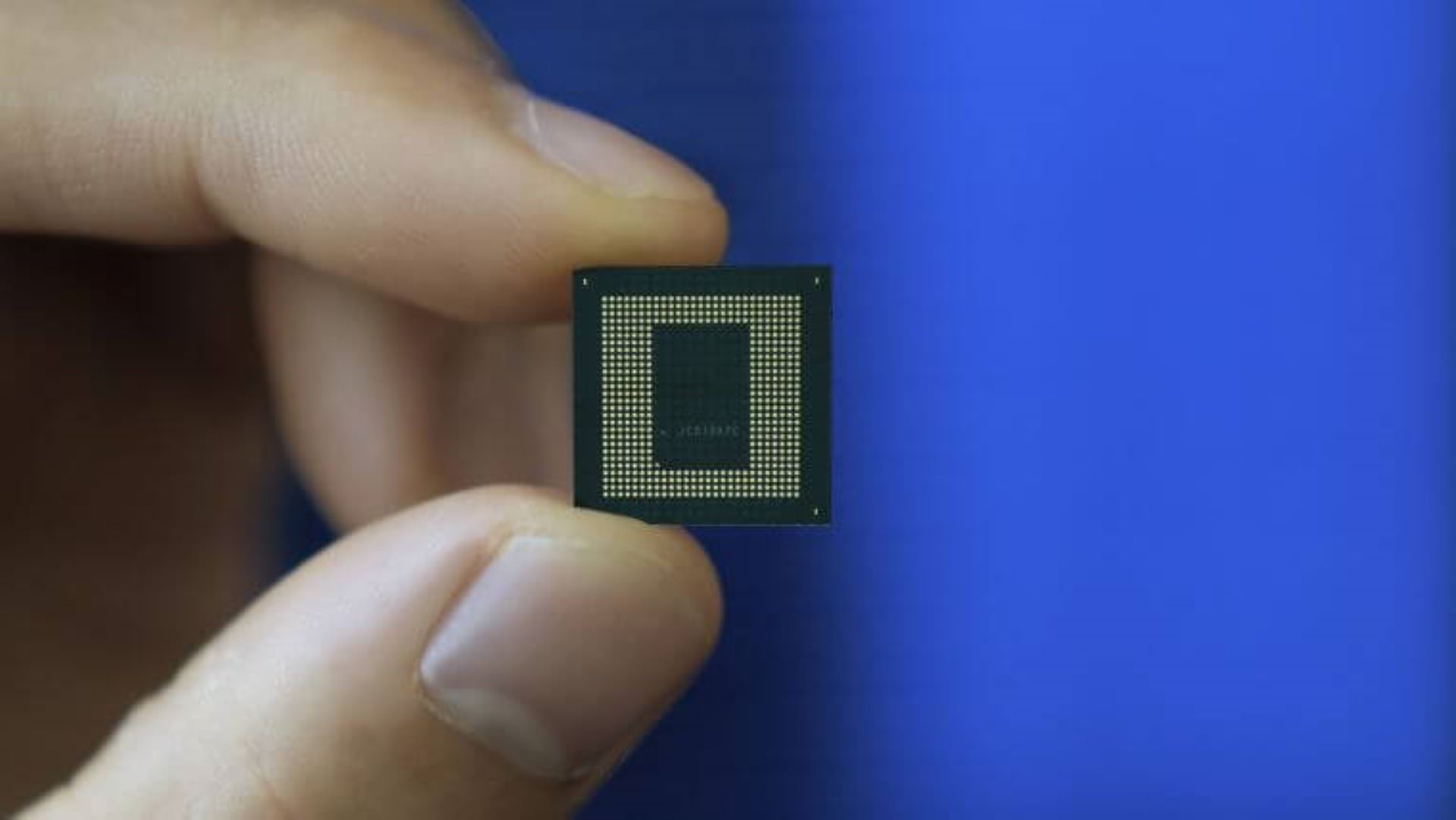We naturally understand the connection between technology innovation and economic growth. Historically, we can draw a fairly predictable line through every milestone of technological innovation and trace the path and inflection points of economic growth. Consider the invention of agriculture and the plow, for instance, which allowed human populations to settle, grow their own food, and develop specialized skills beyond farming itself, like carpentry, smithing, winemaking and brewing, accounting and banking, and so on. Throughout human history, technology innovation has consistently ushered new eras of economic growth, many of which are defined by the technologies of their day. Consider the Bronze Age, the Iron Age, the Renaissance, the Industrial Revolution, the Space Age, the Computer Age, and so on: Shipbuilding innovation allowed humans to discover new lands. More recent technology innovation gave birth to new means of mass production and transportation, allowed us to electrify nations, refrigerate food, develop life-saving medicines, and connect the world. Each and every time a new technology innovation transformed the world in some way, economic growth followed.
While there is no need to wander down microeconomic and macroeconomic rabbit holes today, we can nonetheless touch on the fact that the economic impact of technology innovation is often extremely layered. The most direct economic impact of a new technology innovation is generally focused on innovators and their financial partners (investors). Innovators patent their invention and either sell it or license it, hopefully generating some positive economic value from the transaction. But what we also observe is that the economic impact of technology innovation tends to grow outward, and often exponentially. Consider, for instance, how technology implementers tend to scale innovation. Modern examples of this mechanism are all around us, but since you are probably reading this article on a portable device connected to WiFi or a broadband connection, let’s consider an example from the world of wireless connectivity.
Say an innovator develops a radically new compact antenna (RF) system that will allow mobile and portable compute devices like laptops, tablets, and smartphones, to securely and reliably connect devices to local networks using 5G mmWave, and enjoy ultra-fast connections for even large data transfers (like streaming 8K videos while waiting for the next bus). On the one hand, the innovator can manufacture that antenna system and sell it as a component to technology implementers, like device makers, interested in adding that 5G mmWave connectivity feature in their devices. On the other, that innovator can also sell services and licensing around the engineering that makes this RF system operable, in order to allow technology implementers to develop better, cooler, more competitive products around it. What we see here already is that this single innovation is now creating new economic investment and output in the form of manufacturing, licensing, engineering, and design. Plants have to manufacture the RF system. Parts have to be tested, packed, shipped, received, tested, incorporated into assemblies, tested again, packaged, shipped, sold, and sometimes even repaired. Think of the ecosystem that this single part helps support, the jobs it creates, the productivity it conjures merely by having value enough to exist. What we see already from this simple example is that a single piece of technology innovation can, so long as it creates value outward towards end users, snowball into a catalyst of economic growth.
In our 5G mmWave antenna system example, consider other potentially massive secondary economic impacts beyond the manufacturing and sale of devices equipped with the features it enables. Consider how this particular innovation changes technology users’ behaviors: Individuals equipped with a device that is now capable of connecting to 5G mmWave cells can in theory become more productive: Files download faster, cloud applications work faster and better as well, video calls are clearer and more reliable, their connection is more secure. They no longer have to waste time looking for WiFi networks while on the go, or enter passwords, or be hindered by network bandwidth limitations. This allows them to be more productive, work faster, and save time. Now, scale this across an entire economy, and what you begin to see is a massive opportunity to lower operational costs, increase operational agility, and improve productivity — all of which can be translated into profitability for every business, whether large or small. This is bound to drive demand among business users of technology for not only more of these 5G mmWave-compatible devices, but for more deployments of 5G mmWave cells in order to be able to make the most of the technology. This in turn will drive investment by operators in 5G mmWave deployments that might have otherwise not happened on the same scale or at the same pace.
Similarly, non-business users simply looking for better, faster, smoother mobile experiences will seize on the performance improvements and benefits of devices equipped with this new RF system, and also demand better mmWave coverage from operators in order to enjoy higher quality video and music streaming, mobile gaming, and XR experiences. This new layer of economic impact begins to affect infrastructure. This translates once again into more capital investments, more production (mmWave cell assemblies), more job creation (someone has to design, build, transport, install, and maintain said cells), and more economic value through broadband services across the infrastructure layer.
Yet another layer of economic growth is likely to result from this snowball effect: the services layer, which manifests itself as the ecosystem of apps, business services, and content creation enabled by the performance improvements of devices featuring this new technology innovation.
This example is obviously overly simplistic, but it helps us outline how exponential the economic impact of technology innovation can be. Since we are using 5G as our theme, why don’t we now take a broader look at the potential economic impact of 5G as a whole:
For the manufacturing sector alone, Accenture estimates that by 2025, 5G technologies will improve productivity gains by 20%- 30%, improve assembly efficiency by 50%, increase asset life by 20%, and improve defect detection by 90% in North America and Europe. Applied to transportation in the same markets, 5G technology innovation is expected to reduce vehicle accidents by 80% (resulting in potentially $3.6 billion savings in repair costs), and drive a 25% reduction in traffic congestion. Circling back to agriculture, improved connectivity and digitization could yield up to 25% in increased productivity and 15% increased crop yields, while decreasing inputs by 30% and costs by 20% in those same markets by 2025.
Looking solely at economic value generated by 5G with regard to sales, IHS estimates that the global economy will see a $13.1T boost from 5G by 2035. 5G-enabled job growth is also expected to grow to 22.8 million net new jobs by 2035. Overall, global 5G CAPEX and R&D is up 10.8% from last year’s forecast to $265B annually over the next 15 years, highlighting the extent to which 5G on the whole is driving GDP growth.
But 5G is only the latest in a series of transformative areas of foundational technology innovation that both define and drive successive eras of human progress and forward momentum. What perhaps isn’t stressed enough in discussions about innovation, however, is that technology innovation as a whole is not a matter of luck, let alone fate, but one of deliberate intent, which requires vision, expertise, adequate funding, fertile regulatory climates, and courage.
Just as importantly, technology innovation is, today as it has always been, a necessary driver of economic growth. Without technology innovation, economies run the risk of stalling and falling behind, entire industries will struggle to remain competitive, job creation and GDP will begin to flatline. Therefore, investing in technology innovation, ensuring that technology innovation as an ecosystem is protected, and creating a judicial and regulatory environment that encourages innovation rather than hindering it, are all three paramount objectives for countries that understand that technology innovation is a critical driver of sustainable and positive economic growth.
To be continued.
The Fatty Fish Editorial Team includes a diverse group of industry analysts, researchers, and advisors who spend most of their days diving into the most important topics impacting the future of the technology sector. Our team focuses on the potential impact of tech-related IP policy, legislation, regulation, and litigation, along with critical global and geostrategic trends — and delivers content that makes it easier for journalists, lobbyists, and policy makers to understand these issues.
-
The Fatty Fish Editorial Teamhttps://staging-fattyfish.kinsta.cloud/author/fattyfish_editorial/January 14, 2022
-
The Fatty Fish Editorial Teamhttps://staging-fattyfish.kinsta.cloud/author/fattyfish_editorial/January 14, 2022
-
The Fatty Fish Editorial Teamhttps://staging-fattyfish.kinsta.cloud/author/fattyfish_editorial/January 14, 2022
-
The Fatty Fish Editorial Teamhttps://staging-fattyfish.kinsta.cloud/author/fattyfish_editorial/January 14, 2022












